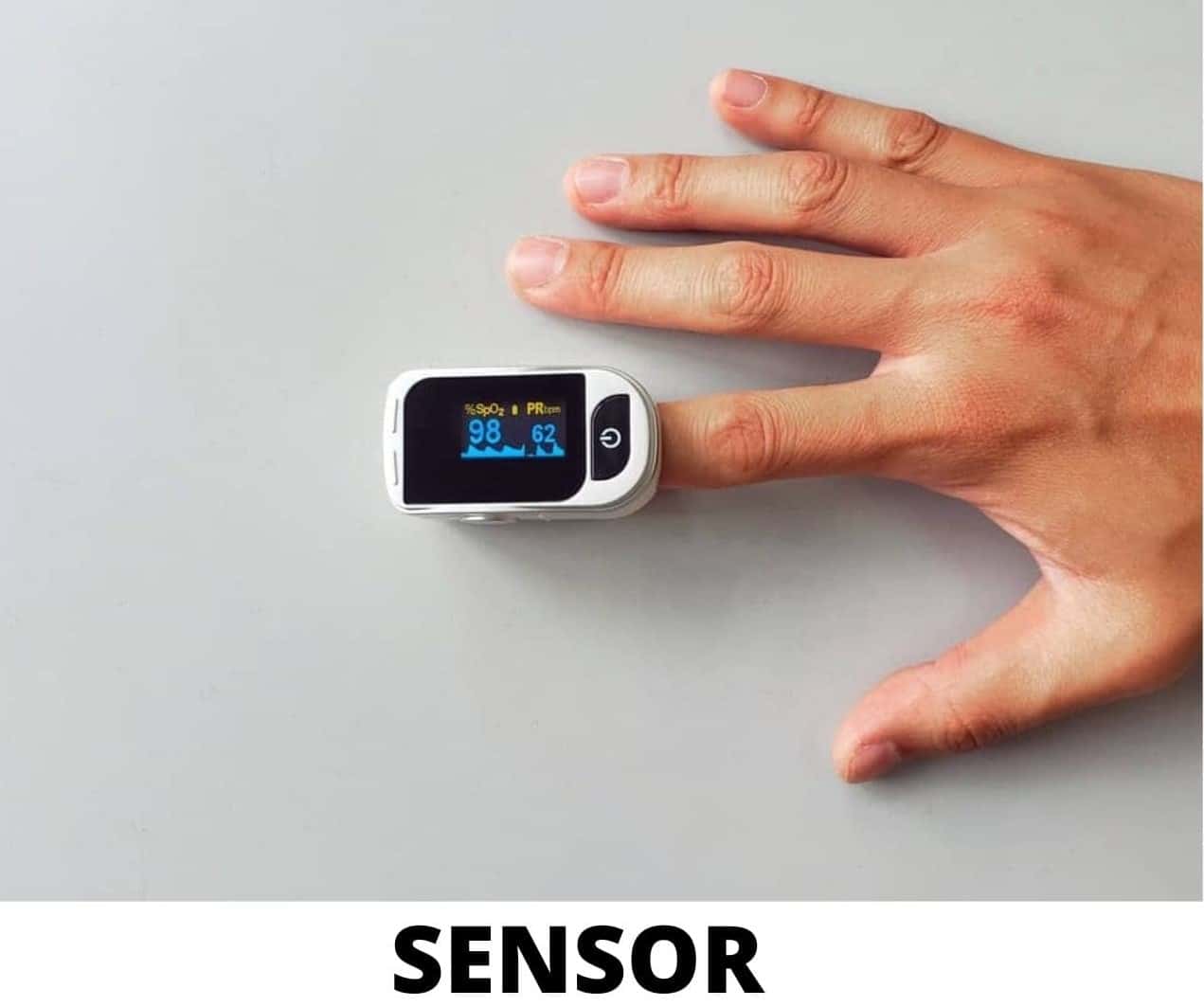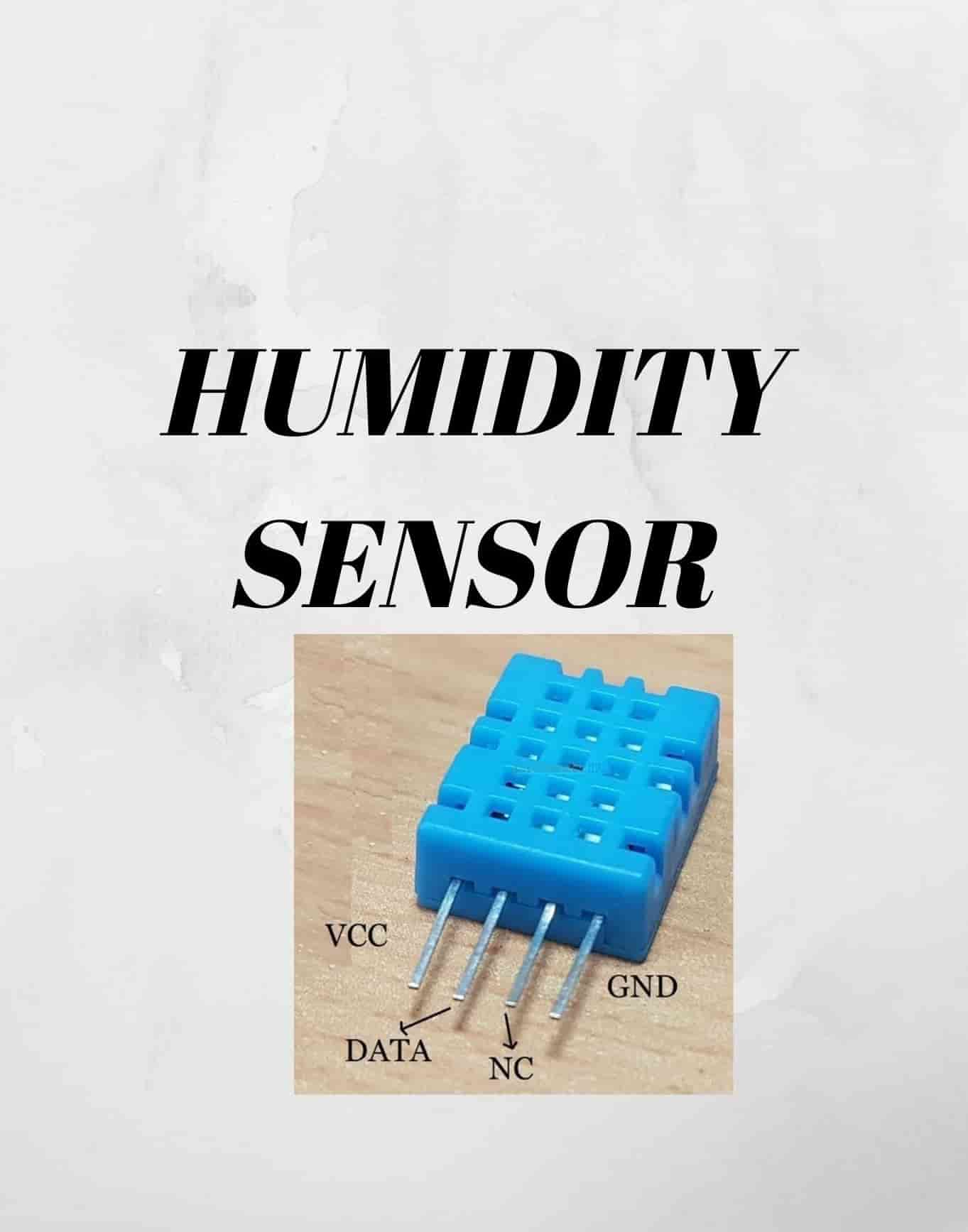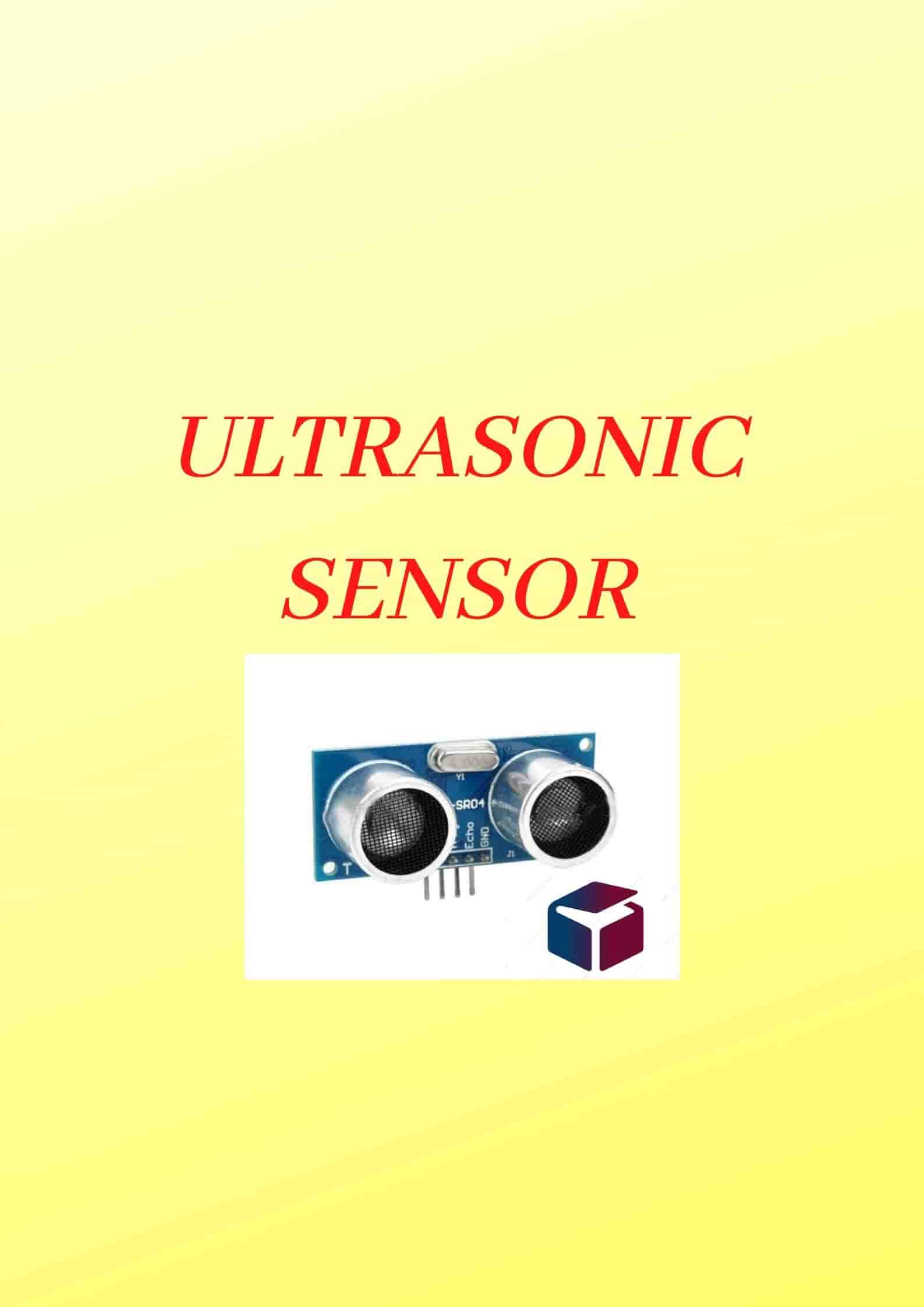Hey guys, what is up. In this particular post, we will be talking about What is a sensor . Also, definition, examples, and classification of sensors in different types.
Updated on 05.10.2021
KEY POINTS
What is a sensor?
We are living in the 21st century. This era can be defined as the era of sensors. We can find sensors in our homes, offices, hospitals, cars, etc. These are of many types. These devices help us to make our living easier and better.
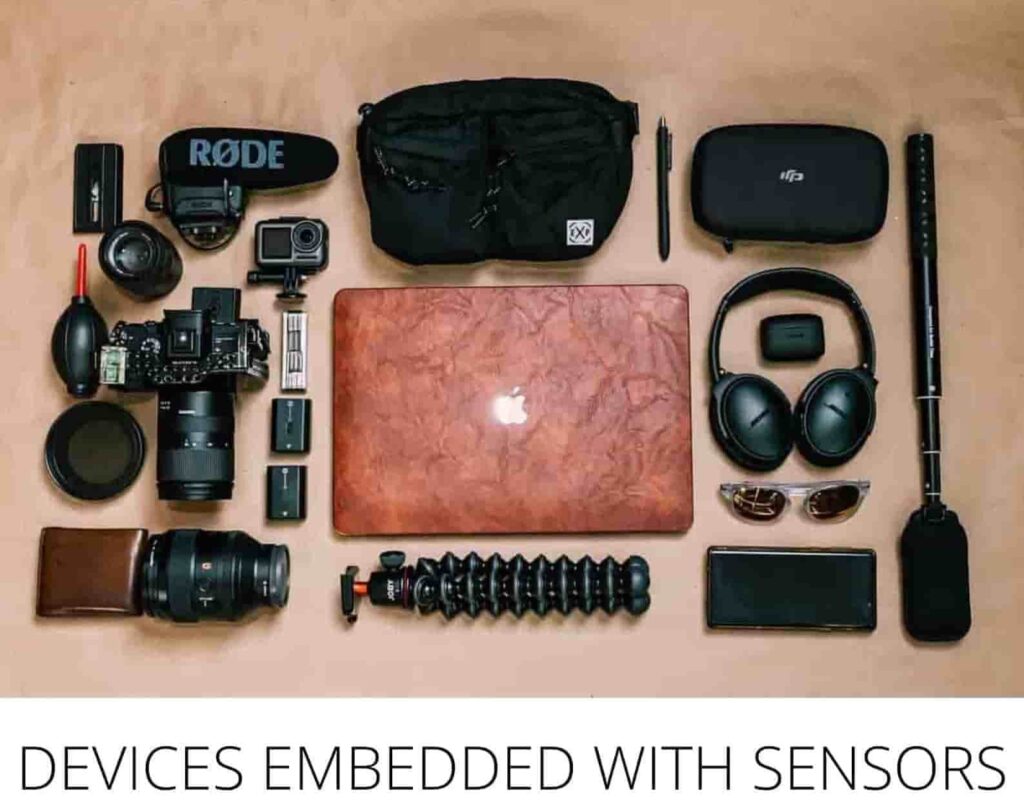
Defintion of sensor:
A sensor is a device whose work is to find the change in the environment and send that data to another system. It is an input device. It is termed an input device because it transmits reading or input to the main control system. This system basically is an electronic device or IoT in today’s time. This device basically changes the physical event into a measurable analog or digital signal. These conversions are done so that they can be understood by humans. Also, for reading or for more processing purposes.
Few examples:
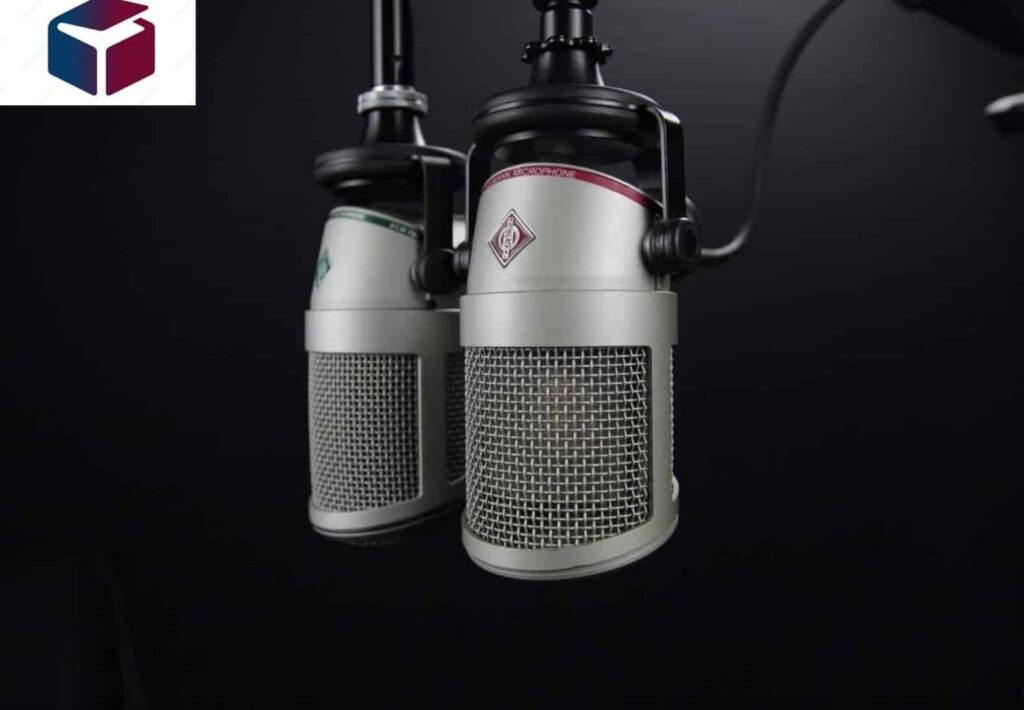
One of the best examples is a microphone. Which converts sound energy into an electrical signal. Then, those signals are amplified, transmitted, recorded, and finally reproduced. Moreover, one of the simplest examples is the light-dependent resistor. In this device, resistance depends only on the intensity of light. When the light having an intensity more then resistance will automatically become very less. And when light intensity increases then resistance will be very high. Some more examples are as follows:
- Turning on or off of lights by finding the human presence
- Modifying room temperature
- Finding smoke or fire
- Opening of garage doors automatically as the car is near to the door
Classification of sensor:
There are various classifications made by different peoples and specialists. Some of which are very easy and some are very composite. The classifications are as follows:
The first classification is based on active and passive. Active elements are those which need an outer excitation sign or a power signal. On the other hand, passive elements, on the other side, do not need any outer power signal and it directly produces output signals.
Another type of classification is derived from the means of finding or detection process used in the devices. Some of the means of studying these detections are electric, biochemical, chemical, biosensor, radioactive, and many more.
The next type of classification depends on conversion experience that is the input and the output signals. Some of the ordinary phenomena include photoelectric, thermooptic, electromagnetic, electrochemical, electromagnetic, etc.
The last but not the least classification is on analog and digital. Analog devices produce an analog output that is constant and unbroken output signals with an estimation of the amount that is to be calculated. Also, digital elements, in comparison to analog devices, do the task with distinct or digital information. Moreover, the information in digital devices, which is use for transformation and communication purposes is digital in nature.
Different types of sensors:
There are many types of sensors. These are mostly use to find or derive any of the physical parameters these include temperature, resistance, capacitance, conduction, heat, etc. These are as follow:
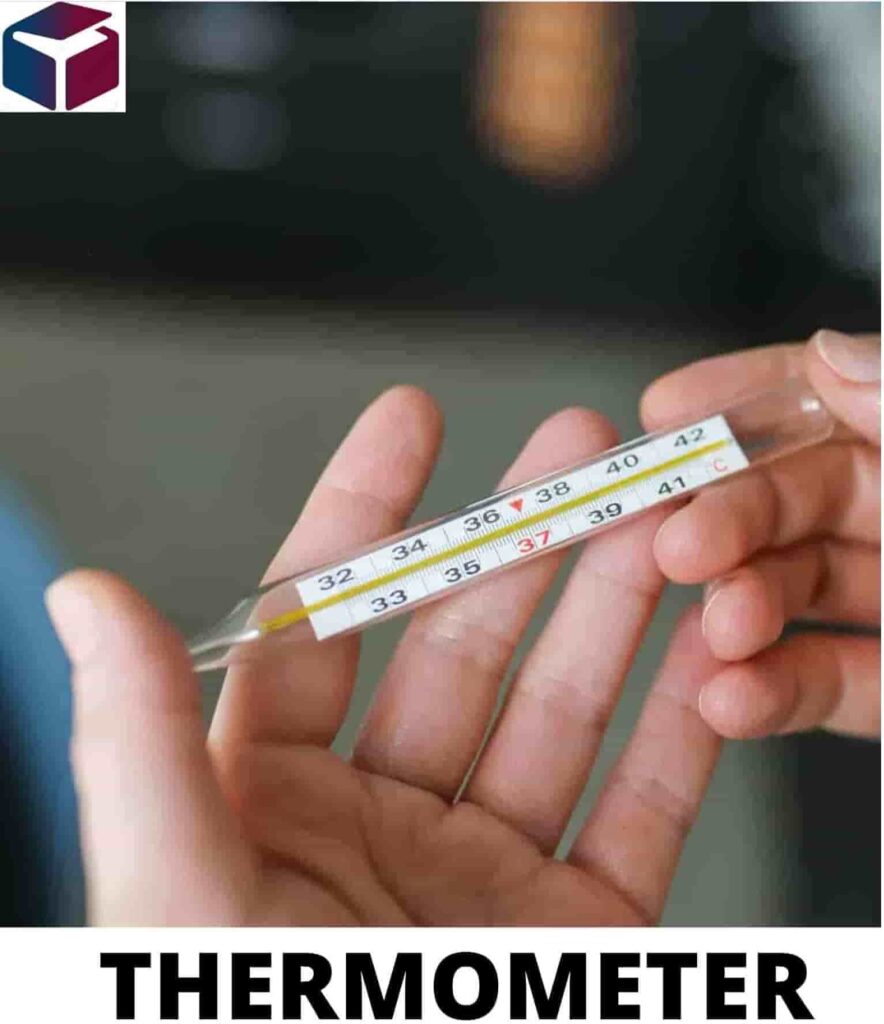
- Thermocouples, RTDs, and thermistors: For calculating temperature.
- Strain gages: To calculate strain on the material, for example, tension, weight, pressure, etc.
- Load cells: For calculation of weight and load.
- LVDT: For finding displacement and distance.
- Accelerometers: For calculation of shock and vibration.
- Microphones: For catching sound signals.
- Current transducers: For calculating alternating current (AC) or direct current (DC).
- Voltage transformers: For calculating high voltage power.
- Optical sensors: To find and detect light, transfer data, and changing conventional devices.
- Camera devices: For capturing one and continuous 2-dimensional pictures.
- Digital elements: For distinct on/off counting, position finding, etc.
- GPS or positioning devices: To find the longitude, latitude position of a person or thing based on GPS, and on different satellite positioning devices. Also, different GPS devices are available having different precision.
In the upcoming post, you will be getting information related to operations performed in one-dimensional arrays. Also, you can read previous posts by scrolling downwards. Also, stay tuned for the upcoming post.
